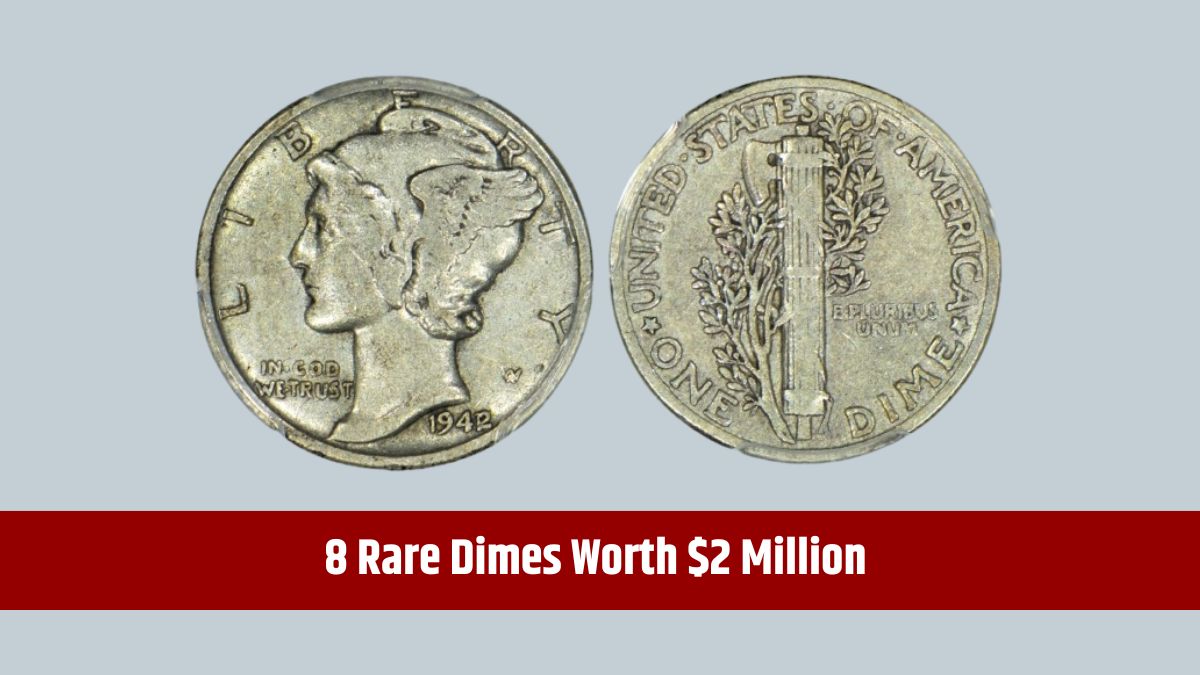The Social Security Administration (SSA) administers Supplemental Security Income (SSI) as a lifeline for Americans with limited income who are elderly, blind, or disabled, helping them meet basic needs for food, clothing, and shelter. Recently, SSI beneficiaries received the first of two rounds of November payments, with the next scheduled for November 29 due to a calendar adjustment.
Typically issued on the first of each month, December’s SSI payment is shifted to November this year as December 1 falls on a weekend. Nearly 7.4 million Americans rely on SSI, and while this month’s extra payment is not a bonus, it’s an advance for December’s expenses.
In addition to SSI, some recipients may also receive Social Security or Disability payments. However, these programs differ in their qualifying criteria and purpose. Knowing these differences can help beneficiaries maximize their support and plan for the future.
Payments
SSI recipients this month will see two rounds of payments because of December’s shifted payment date. While it may seem like a bonus payment, it is simply an advance due to the weekend timing, and beneficiaries should plan their budgets accordingly. Those receiving Social Security payments can expect their regular payments by direct deposit or mail, while those on Disability (SSDI) will also continue to receive their scheduled benefits.
Social Security
While both SSI and Social Security benefits are government assistance programs, they are designed for different circumstances:
- SSI: A needs-based program, SSI is intended for people aged 65 or older, blind, or disabled, with limited income and resources. Eligibility is determined by income level and financial need, not by work history. This means that if a recipient’s income status changes significantly, they may no longer qualify.
- Social Security Retirement Benefits: These benefits are based on work history, not income need. Workers earn Social Security credits through payroll taxes over their careers, and benefits vary based on their contributions. This program provides retirement income, as well as support for disabled workers and surviving family members of deceased workers.
| Program | Basis for Eligibility | Target Group |
|---|---|---|
| Supplemental Security Income (SSI) | Financial need | Elderly (65+), blind, or disabled with low income |
| Social Security Retirement Benefits | Work history and credits earned | Retirees, disabled workers, and eligible survivors |
SSDI Payments
For some beneficiaries, Social Security Disability Insurance (SSDI) payments are an additional source of income. Unlike SSI, SSDI provides support to workers who became disabled during their working years and thus have a work history. SSDI is not needs-based; it is based on work credits earned, just like Social Security retirement benefits.
To qualify, a person must have contributed to Social Security through payroll taxes before their disability. Those disabled from birth or before they began working may qualify for SSI instead but are not eligible for SSDI. SSDI currently serves over 9 million Americans who are unable to work due to qualifying disabilities.
| Program | Requirements | Eligible Beneficiaries |
|---|---|---|
| Supplemental Security Income (SSI) | Low income and need | Elderly, blind, or disabled with low income |
| Social Security Disability Insurance (SSDI) | Work credits and qualifying disability | Disabled workers with work history |
Challenges
Concerns over Social Security’s sustainability have surfaced as projections show potential depletion of the trust fund by the mid-2030s if no action is taken. An aging population, higher life expectancy, and a declining ratio of workers to beneficiaries all put pressure on the system. Policymakers are now actively debating reforms to address this issue.
Some proposals focus on increasing the payroll tax cap or adjusting benefits, while others suggest more comprehensive changes. The debate highlights the urgency of finding solutions that secure Social Security for current and future beneficiaries who rely on it for financial stability during retirement, disability, or other periods of financial need.
With these developments in mind, knowing and utilizing the distinctions between SSI, Social Security, and SSDI can help beneficiaries manage their finances better and prepare for any upcoming changes. As Social Security faces future funding challenges, ensuring that these benefits remain accessible to millions of Americans will remain a top priority.
FAQs
Why are there two SSI payments in November?
December’s payment is advanced due to a weekend date.
Is SSI income-based or work-based?
SSI is income-based for low-income elderly or disabled people.
What is the main difference between SSI and SSDI?
SSI is need-based, SSDI is based on work history and credits.
Can I receive both SSI and Social Security benefits?
Yes, if you qualify based on both income need and work history.
Why are there concerns over Social Security’s funding?
An aging population and fewer workers per beneficiary strain the fund.






